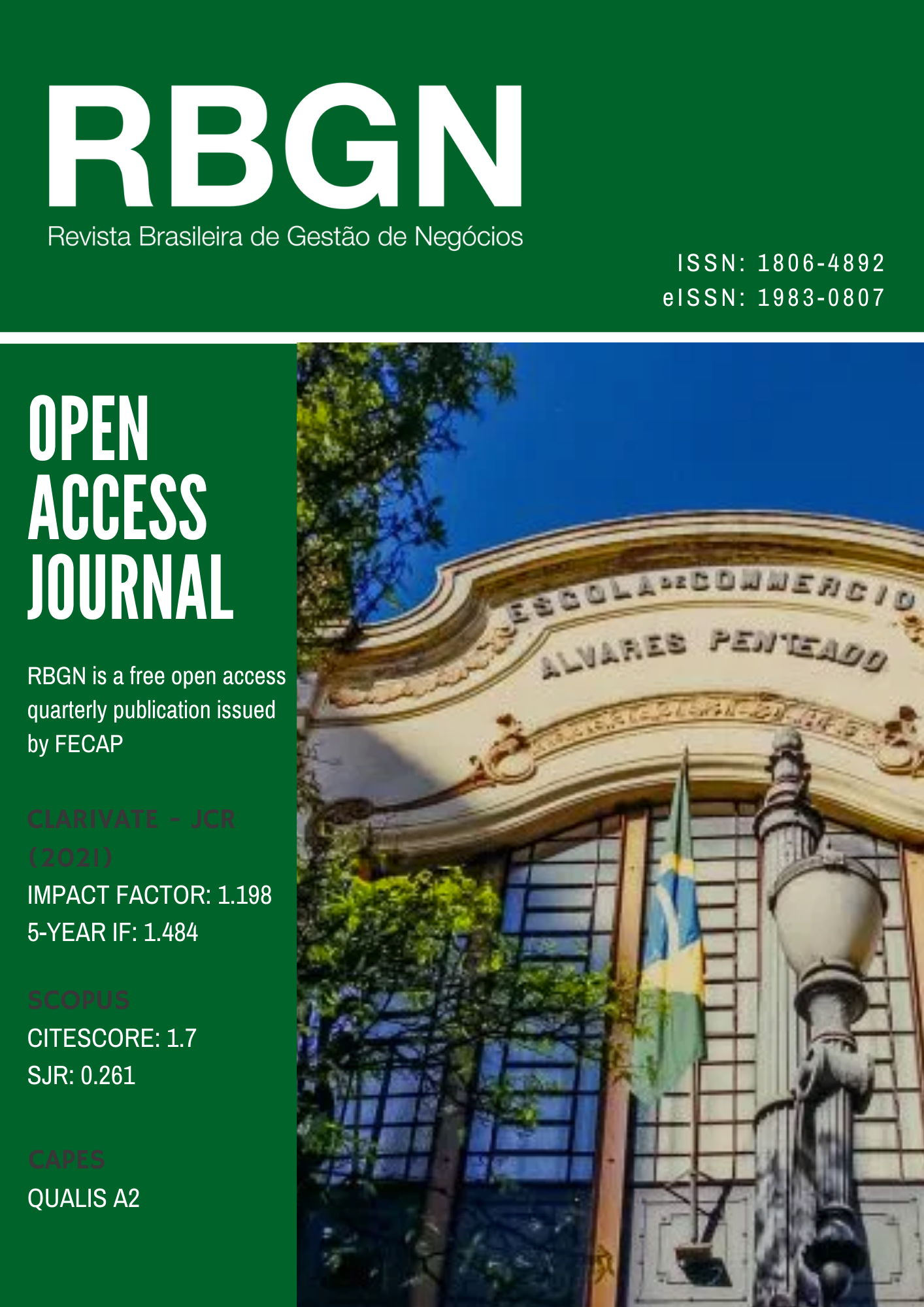Abstract
Purpose – Within internal branding research, the positive association between employee brand training and brand understanding is well established. However, the boundary conditions of this focal relationship have not been researched to date, and insight about the effect of individual differences would be of significant practical value to service organizations. Accordingly, the purpose of this study is to test the moderating effect on the focal relationship of three key individual differences: age, gender and customer-contact position.
Theoretical framework - The study is grounded on established constructs and relationships from internal branding literature.
Design/methodology/approach – Data was collected at a Latin American airline using a web-based survey. The sample included 225 recently hired employees. The analysis was performed through conditional process models estimated with the PROCESS macro for SPSS.
Findings – Age moderates the focal relationship, with older employees displaying a weaker impact of brand training on brand understanding, which becomes non-significant after age 50. For gender, the moderating effect was not significant. Contact position had a significant negative effect on the focal relationship, i.e. brand training had a weaker impact on brand understanding for contact employees compared to non-contact employees. This is attributed to contact employees’ involvement in service encounters, which provides real-world opportunities to learn about the brand above and beyond formal brand training; opportunities which non-contact employees lack.
Research, Practical & Social implications – Training managers in service organizations can use study results to achieve greater impact from scarce brand training resources. For gender differences, findings support a uniform allocation of training resources. For age differences, a differential allocation is advised, with more resources for younger employees, who have lower scores of brand understanding and derive greater impact from brand training. The finding of diminishing impact of brand training suggests devising alternative means/opportunities for older employees to enhance their brand understanding. Lastly, results support allocating more training resources to non-contact employees who, when compared to contact employees, have lower brand understanding scores, higher impact of brand training, and fewer non-training opportunities to learn about the brand. Result generalizability is limited by the sample coming from a single organization.
Originality/value – Within internal branding research there is little examination of moderating effects for established relationships. This study makes an incremental contribution by testing the effect of three relevant individual differences on the relationship between brand training and brand understanding. The results have practical managerial applications.
Keywords - Internal branding, brand promise, conditional process analysis, service employees
If a paper is approved for publication, its copyright has to be transferred by the author(s) to the Review of Business Management – RBGN.
Accordingly, authors are REQUIRED to send RBGN a duly completed and signed Copyright Transfer Form. Please refer to the following template: [Copyright Transfer]
The conditions set out by the Copyright Transfer Form state that the Review of Business Management – RBGN owns, free of charge and permanently, the copyright of the papers it publishes. Although the authors are required to sign the Copyright Transfer Form, RBGN allows authors to hold and use their own copyright without restrictions.
The texts published by RBGN are the sole responsibility of their authors.
The review has adopted the CC-BY Creative Commons Attribution 4.0 allowing redistribution and reuse of papers on condition that the authorship is properly credited.


